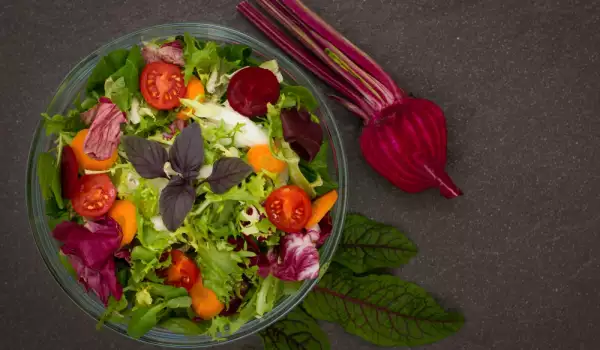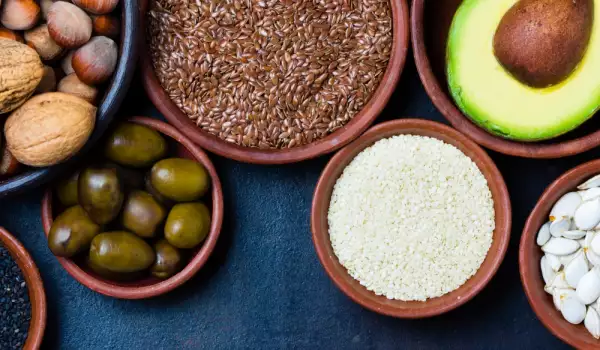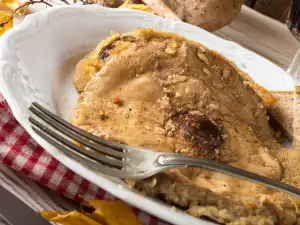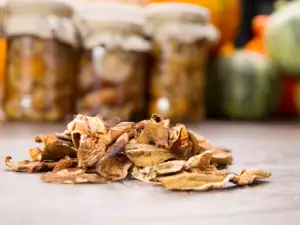Healthy cooking is an important solution that will prevent many chronic diseases and dysfunctions, as well as make you feel and look your best. The keys to healthy eating and cooking include using fresh ingredients and choosing the right proportions of healthy foods such as fruit and vegetables.
1. Include fruit in your menu

Even raw - they are delicious. They can also be added to various dishes and drinks. Use fresh, local fruit, which are typical of the season. Cooking with citrus fruit in the spring, seasonal fruit - in the summer and apples and pumpkins in the fall. Avoid adding sugar to fruit dishes. Instead, choose healthy ways to improve the taste of the fruit in cooking. For example - serve baked apples with frozen yogurt, cinnamon, walnuts and dried blueberries; or add balsamic vinegar to strawberries to bring out their natural sweetness.
Remember that you can preserve fruit juice or make dried fruit. Fruit juice and dried fruit, when used in moderation, are a healthy addition to many dishes. Prepare a dish like Moroccan chicken with prunes to increase the fiber content in the dish, or use freshly squeezed orange juice as a salad dressing.
Use fruit puree instead of fat when baking. Apple juice is a great substitute for vegetable oil in rolls, muffins and bread recipes. You will need to do some research to calculate how much fat you can replace with fruit in recipes, but fruit can add the same moisture to your meals without making your fingers greasy, so it's worth it.
2. Eat vegetables

One of the most important skills in the arsenal of a good chef is the ability to cook vegetables in a delicious way without depriving them of all their nutrients in the cooking process.
Buy fresh vegetables typical of the season. Asparagus, spinach and chestnuts are best in the spring. Many vegetables such as tomatoes, pumpkin and spinach are good in summer. Root vegetables such as acorns or pumpkins add warmth to any autumn table. And if you live in a warm climate, you can explore the possibilities of cultivating your own vegetable gardens to get the best selection based on your taste.
Choose a healthy way to cook by preparing vegetables. Cooking them with different types of fat adds a lot of extra calories without adding nutritional value. Try steaming or baking with a little olive oil.
Although too much fat is not helpful, adding some vegetable fats such as olive oil to your vegetables (such as leafy vegetables, broccoli and Brussels sprouts) actually helps your body absorb more of their nutrients.
Don't forget freezing as an option. Freezing vegetables during the season and storing them for future use is an easy way to get the aroma of the harvest all year round. For quick meals, choose frozen pre-chopped vegetables.
3. Choose seeds / nuts

Avoid refined carbohydrates. For example, choose to replace white bread with wheat or rye. Cook with whole grains. Try something new. Learn to cook with quinoa, einkorn or couscous, so that you can have a break from rice and pasta.
4. Choose protein-rich foods in the right proportions

In many households, a large piece of meat tends to dominate the plate. Choosing healthier proteins and healthy portion sizes will allow you to enjoy protein.
Choose proteins high in omega-3 fatty acids. Foods like salmon and omega-3 fortified eggs are great sources of omega-3 fatty acids. These nutrients promote healthy brain function as well as cardiovascular health. You can also get the protein you need by eating beans and tofu.
Watch your portion size. A good rule is to keep in mind that the amount of protein is about the size of a deck of cards. Usually a piece of meat or other protein should not be bigger or thicker than your palm.
5. Include dairy products

Calcium and vitamin D from dairy products are essential nutrients, but consuming many dairy products provides an unhealthy dose of fat. Learn to cook with low-fat dairy products. In many recipes, heavy cream or whole milk can be replaced with low-fat or skimmed milk.
Focus on taste instead of quantity when cooking with cheese. If you buy high quality flavored cheese, you can use less cheese.
6. Fat consumption

Healthy fats are important for both our health and satiety. Cook with healthy fats in moderation. Choose oils and fatty foods that are low in saturated fat.
Olive oil and rapeseed oil are the healthiest oils you can use in cooking. Other nut and seed oils also make healthy choices. Prepare fish such as salmon or mackerel instead of beef. Avocados are also an excellent source of healthy fats.
Avoid trans fats. Trans fats are found in foods that have been hydrogenated, so that they can maintain their stability at room temperature. These fats are considered bad for your health and are hidden in places you would not expect. Avoid margarine.
Remember that quality can reduce quantity. Investing in excellent cooking olive oil allows you to add more of its flavor to your food, even when using less.
See also our delicious healthy cuisine suggestions:




















Comments